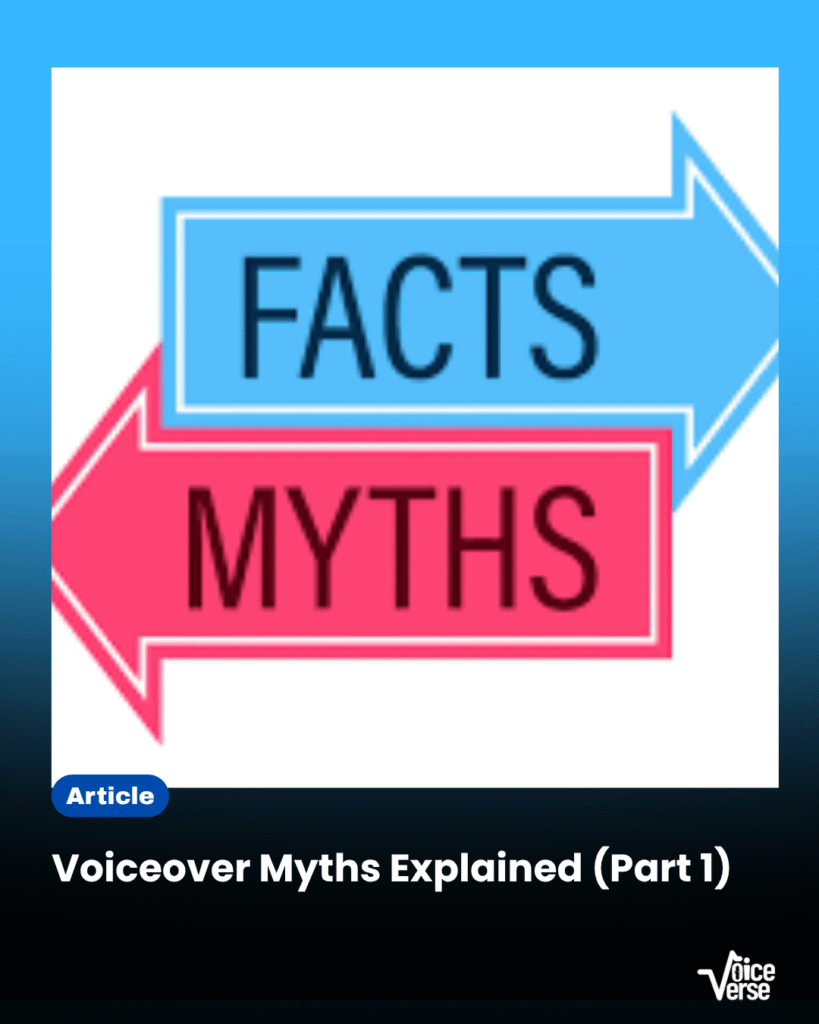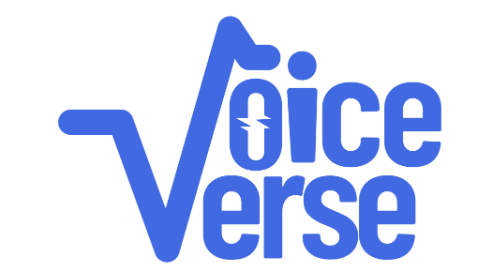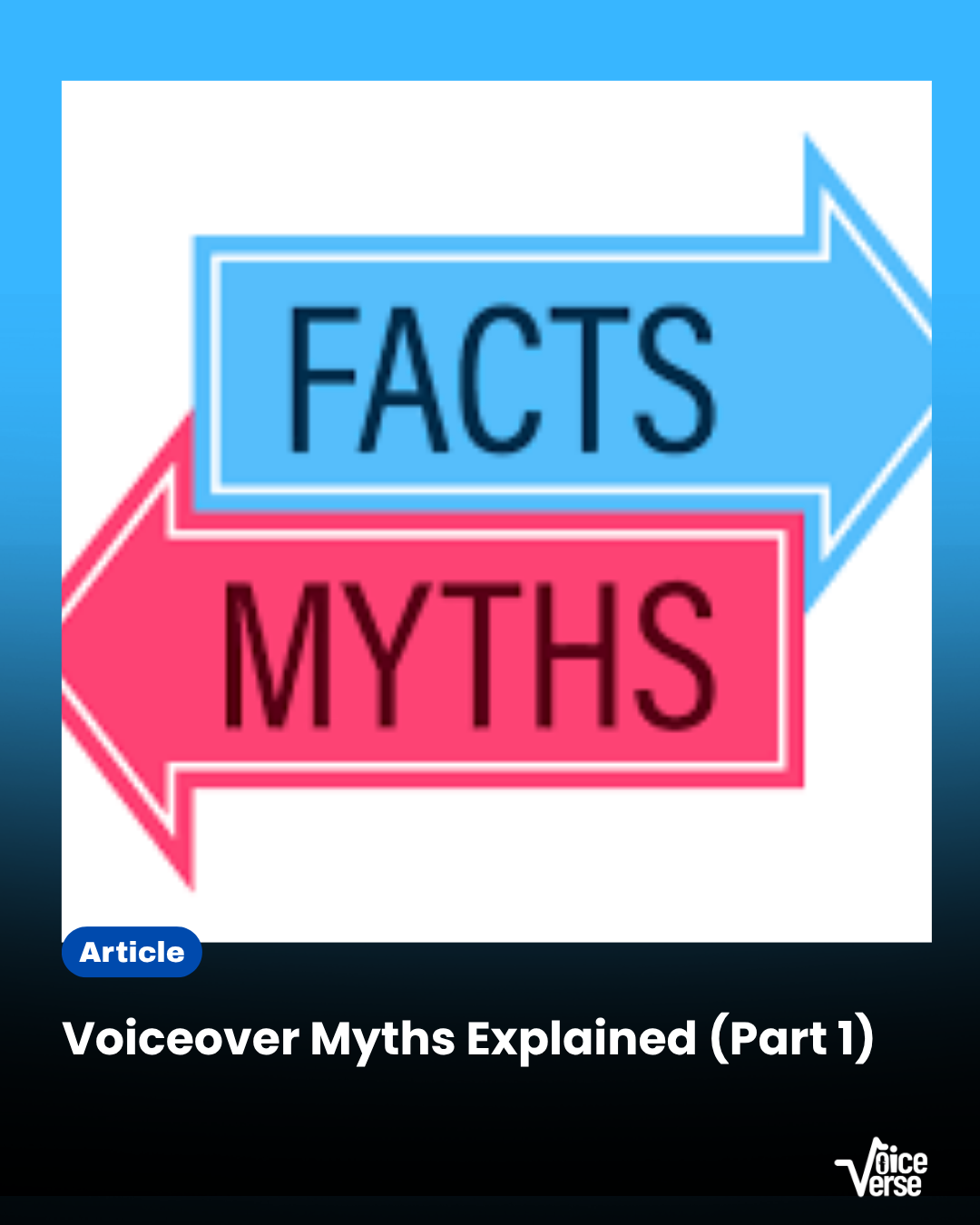By Mosimiloluwa Kupoluyi

Voiceover Is Beyond Script Reading. ‘You just read scripts into a mic and get paid, right?’
If you’re a voiceover artist, you’ve probably heard this more times than you care to count. And if you’re new to the industry, you might even believe it a little. But let’s clear things up right now: voiceover is so much more than just reading words off a screen or script.
On the surface, it might seem simple; there’s a script, a microphone, and someone talking. But what you must know is that every finished voiceover you hear in a movie trailer, explainer video, radio ad, or animation has gone through several steps that involve acting, direction, vocal technique, technical setup, multiple editing, and mastering.
Let’s take you inside the booth.
A Short History of Voiceover
Voiceover dates back to the early 1900s. Canadian inventor Reginald Fessenden is said to have recorded the first known spoken audio message in 1900. By the 1920s, radio dramas and cartoons were emerging, especially with Walt Disney famously voicing Mickey Mouse in Steamboat Willie (1928).
Today, voiceover plays a major role in entertainment, education, advertising, technology, and more. From audiobooks to GPS systems, the human voice continues to help brands and creators connect with audiences.
But What Happens In Voiceover?
1. Script Breakdown and Interpretation
Before the mic is even turned on, the voice actor reads through the script, analyzes the tone, and understands the message. What’s the intention? Who is the target audience? Where should the energy go up or down? This step is where the voice actor decides how to deliver each line.
2. Vocal Warm-Up and Character Selection
Voice actors warm up their voices to protect vocal health and improve clarity. If it’s a character job, they experiment with different voices, pitch levels, or accents until they land on one that fits. Even for a corporate narration, finding the right tone is key.
3. Performance and Direction
Once recording begins, the actor performs the script often multiple times in varying styles (friendly, professional, dramatic). If there’s a live session with a director or client, feedback is given in real-time, and the actor adjusts delivery on the spot.
4. Audio Recording and Engineering
Most modern voice artists also double as their own engineers. This means understanding audio software, cleaning up raw recordings, adjusting sound levels, and ensuring top-quality delivery.
Voice artists record in home studios using high-quality microphones, interfaces, and editing software like Adobe Audition or Audacity. They monitor noise levels, reduce echoes, and ensure clean audio. Technical know-how is essential.
5. Editing and Delivery
61% of voice jobs require the actor to self-direct and deliver polished recordings from home (Voices.com, 2024).
The actor often edits their takes by cutting mistakes, adjusting breaths, normalizing levels, and converting to the client’s preferred file format. Files are labelled properly and sent via platforms like WeTransfer, Google Drive, or Source Connect.
6. Client Revisions and Pickups
Many jobs include a round or two of revisions based on client feedback. These follow-ups require matching the original tone, pace, and microphone settings.
That’s just one cycle, and it can all happen in a single day, especially for fast-turnaround jobs.
WHAT LEGENDS SAY
Legendary voice actor Don LaFontaine, famously known as ‘The king of movie trailers’, once said
‘A voice actor doesn’t sell products. We sell emotion.’
Similarly, veteran actress Tara Strong, known for her work in The Powerpuff Girls, Rugrats, and Teen Titans, describes voiceover as ‘an art that requires deep emotional access, and the ability to breathe life into ink.’
Voiceover goes deeper than reading lines into a microphone. It is the ability to understand a message and deliver it in a way that connects with hearts and minds. It’s script analysis, emotional delivery, breath control, and technical execution blended seamlessly in a studio.
So next time someone says, ‘You do voiceovers? I could do that, too. I have a nice voice.’ Take them inside the booth.
Follow @voiceverseng on Instagram and across other socials for more updates from the voiceover world.



